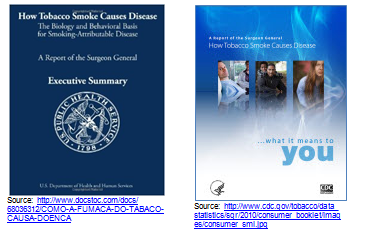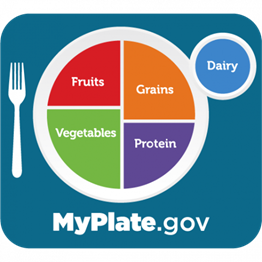Online Course
NRSG 780 - Health Promotion and Population Health
Module 4: Primary, Secondary, and Tertiary Prevention
Clinical Practice Guidelines
Definition of CPG
CPG's are systematically developed statements used to assist practitioner and patient decisions about appropriate health care for specific clinical circumstances.
There are numerous synonyms for clinical practice guidelines including:
- practice parameters
- therapeutic guidelines
- practice policies
- management guidelines
- clinical algorithms
- standards of care
Development of CPG
Evidence-based decision making is the best foundation for clinical practice guidelines.
If evidence is not available, they can be based on a formal group consensus-generating process.
Guidelines come from:
- professional societies (e.g., American Nurses Association)
- federal agencies (e.g., Agency for Healthcare Research & Quality)
- non-profit organizations (e.g., American Hospital Association)
- hospitals
- manage care organizations
Benefits of Clinical Practice Guidelines
Benefits for patients:
- improve health outcomes
- improve consistency of care
- empower patients to make informed healthcare decisions
- influencing public policy
Benefits for healthcare professionals:
- improve quality of clinical decisions
- support quality improvement activities
- Identify key research questions
On the negative side, clinical practice guidelines may also be seen as self-serving in terms of reimbursement, turf issues, and medico-legal issues.
Benefits for health care systems
- improve efficiency
- reduce costs
- improved public image
Attributes of Good CPG
- validity
- reliability/reproducibility
- clinical applicability
- clarity
- multidisciplinary process for development
- structured review
- documentation
U.S. Preventive Services Task Force (USPSTF)
The U.S. Preventive Health Services Task Force is a leader in establishing CPGs under the auspices of the Agency for Healthcare Research and Quality (AHRQ). The Task Force is an independent panel of experts in primary care and preventive medicine that systematically reviews the evidence of effectiveness and develops recommendations for clinical preventive services.
The federal government has developed a number of clinical and population-based guidelines, often stemming from the exhaustive work of expert panels. Click here to see the USPSTF Recommendation Topics and the dates when each of the available guidelines was issued.
The Office of the Surgeon General has been a leader in developing guidelines.

National Heart Lung and Blood Institute
One of the earliest sets of guidelines developed by the National Heart Lung and Blood Institute (NHLBI) was directed to nurses—Guideline on Helping Your Patients Stop Smoking.
NHLBI’s Dietary Approaches to Stop Hypertension (DASH) diet is included as a non-pharmocological intervention in the JNC 7 Guidelines.
NHLBI’s Landmark SPRINT study results released September 11, 2015 further reaffirms the importance of achieving a target systolic blood pressure of 120 mm Hg. For more information on the SPRINT study click on http://www.nhlbi.nih.gov/news/press-releases/2015/landmark-nih-study-shows-intensive-blood-pressure-management-may-save-lives.
NHLBI’s Adult Treatment Panel last report on the Detection, Evaluation and Treatment of High Blood Cholesterol in Adults clearly explains what affects cholesterol—diet, weight and physical activity, and identifies what patients need to know in terms of LDL, HDL and triglycerides. This report has been updated by the American Heart Association in its Top 10 Take-Home Messages to Reduce the Risk of Atherosclerotic Cardiovascular Disease through Cholesterol Management. For more information, please review https://www.ahajournals.org/doi/epub/10.1161/CIR.0000000000000625
Additional Resources for Guidelines
Numerous guidelines exist in other areas as well. The US Departments of Health and Human Services and Agriculture recently issues the 2015-2025 Dietary Guidelines to help health professionals and policy makers improve overall eating patterns of Americans.


For more information on the Dietary Guidelines for Americans click here.
This website is maintained by the University of Maryland School of Nursing (UMSON) Office of Learning Technologies. The UMSON logo and all other contents of this website are the sole property of UMSON and may not be used for any purpose without prior written consent. Links to other websites do not constitute or imply an endorsement of those sites, their content, or their products and services. Please send comments, corrections, and link improvements to nrsonline@umaryland.edu.